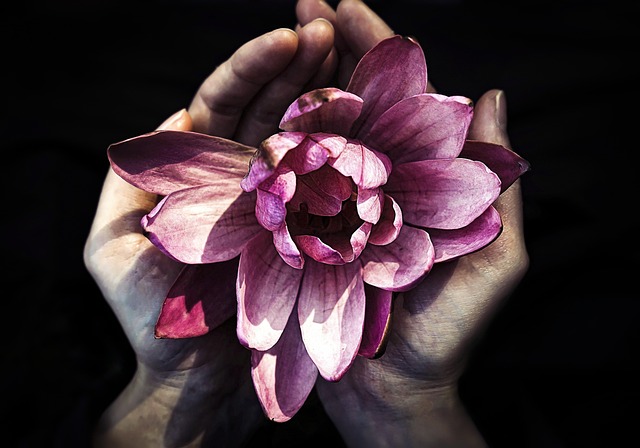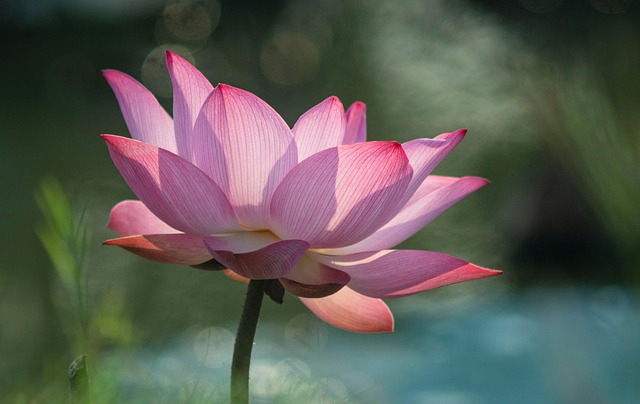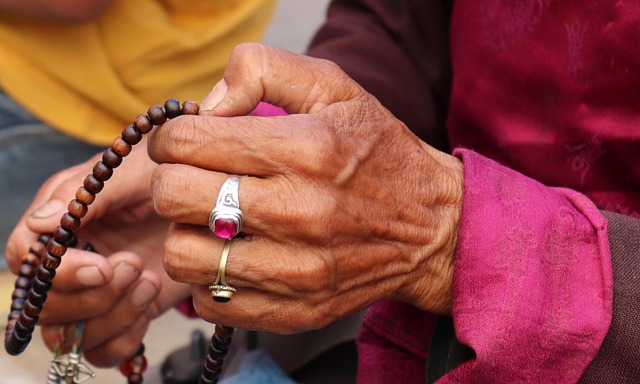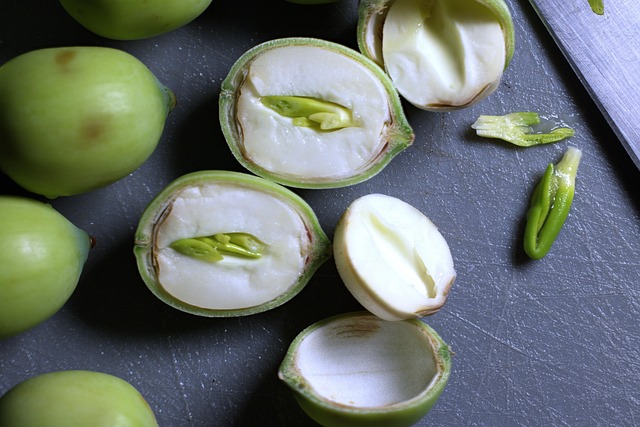The Symbolism and History of the Lotus in Eastern Cultures
Though born in mud, the lotus remains pure and untouched. Since ancient times, it has symbolized purity and enlightenment in Eastern culture. In Buddhism, Taoism, and Hinduism, among other religions, the lotus represents spiritual elevation and symbolises humanity’s pursuit of inner balance and harmony in the face of adversity. Whether we are facing hardship or challenges, the lotus reminds us that, as long as we persist in doing good and holding onto hope, we can be like it, remaining pure amidst mud and maintaining hope in darkness. Its existence calls upon the inner strength within each of us, inspiring us to find our peace and tranquillity in a chaotic world. (Sign Scholars)

Lotus in Buddhism
In Buddhism, the lotus flower is a symbol of purity, enlightenment, and spiritual elevation. It grows from muddy waters yet remains untouched by impurities. This is a symbol of the possibility of liberation and rebirth for all beings amidst suffering and adversity. In the Lotus Sutra, the lotus is the central symbol of the path to enlightenment. This emphasises that every being possesses the potential to attain Buddhahood. Buddha statues are depicted seated on a lotus throne. This symbolises the purity and transcendence of the mind. It shows that even in a chaotic world, the heart can remain clear and awakened. (Dreamers Guides)
Lotus in Taoism and Confucianism
The lotus is the symbol of purity, harmony and transcendence in Taoism. Its growth process is the perfect embodiment of the philosophical concept of “governance through non-action” – following nature’s course to achieve unity with the Tao. In Taoism, the lotus is a symbol of nature and moral purity. It is also a symbol of spiritual elevation. Its image frequently appears in Daoist art and literature. It conveys the spiritual strength of pursuing inner peace and transcending the distractions of the mundane world. The blooming of the lotus, as advocated by Daoist teachings, embodies the principles of following nature, cultivating the mind, and ultimately achieving the ideal state of transcending the self and unifying with the universe. (WE FREE SPIRITS)
In Confucian culture, the lotus flower is revered as the “flower of the gentleman”. It symbolises moral integrity and purity of character. In his essay “On the Love of Lotus Flowers,” Zhou Dunyi uses the lotus as a metaphor to praise its ability to “rise from the mud yet remain unstained, and be washed by clear water yet not become frivolous.” This expresses the lotus’s transcendent and untainted noble character. The image of the lotus deeply embodies the noble qualities of the gentleman admired by Confucianism. Regardless of the environment, one must always maintain inner purity and integrity. It stands for the unwavering commitment to uphold moral principles in a chaotic world, to resist the temptations of the mundane, and to continuously strive for self-cultivation and the perfection of one’s character. (Sign Scholars)

Lotus in Hinduism
In Hinduism, the lotus is the ultimate symbol of sacredness, beauty and spiritual awakening. Many Hindu deities, including Vishnu, Lakshmi and Brahma, are depicted sitting on lotus flowers. This image represents their divinity and transcendence, as well as symbolising their close connection to the universe. The lotus is the symbol of the soul’s awakening. It shows humanity’s longing for spiritual elevation and inner enlightenment. The lotus also represents the creativity of the universe and the source of life. It inspires people to recognise that every life holds infinite potential and light. The lotus is a sacred symbol. Its existence teaches people to achieve inner harmony and peace through meditation and spiritual practice. (FloristEmpire)

Lotus and Energy Healing: A Path to Mind-Body-Spirit Balance
In yoga and meditation, the Lotus Pose (Padmasana) is a key sitting posture. It activates the body’s energy centres (Chakras), promoting inner balance and tranquility of the body, mind, and spirit. The Lotus Pose is the key to deepening your meditation, purifying your mind and entering a state of profound stillness. This will take your self-awareness and spiritual elevation to a higher level. The lotus symbol is not just for meditation. It is also used in energy healing jewellery and Feng Shui accessories. These accessories will help you enhance mindfulness, optimise energy flow and harmonise your surroundings. This will achieve balance and equilibrium for both the body and mind. The lotus is a symbol of energy. It inspires wearers to maintain a pure mindset, release negative emotions and embrace new opportunities in life.

Medicinal Value of the Lotus: A Precious Plant in Traditional Medicine
Lotus is a staple in both traditional Chinese and Indian Ayurvedic medicine due to its well-documented benefits for both mind and body. Lotus seeds are the perfect remedy for a restless mind and insomnia. Their soothing properties calm the nerves, improve sleep quality and ease anxiety. Lotus leaves have heat-clearing and summer-relieving properties, especially in hot summer weather. They cool and detoxify the body and eliminate internal heat and dampness. The lotus flower itself is used to regulate emotions, promote digestion, and help regulate gastrointestinal function, alleviating digestive discomfort. The lotus has powerful anti-inflammatory and antioxidant properties. These properties help to eliminate free radicals in the body, slow down the aging process and enhance immunity. The lotus is a natural healing plant with multiple therapeutic benefits. It is widely used in traditional Chinese medicine and Ayurvedic treatments to bring balance and health to the modern person.(Verywell Health)
Through this article, HimaFlow not only conveys the profound significance of the lotus in Eastern cultures. We hope this inspires readers to develop a new understanding and emotional connection with jewelry.





